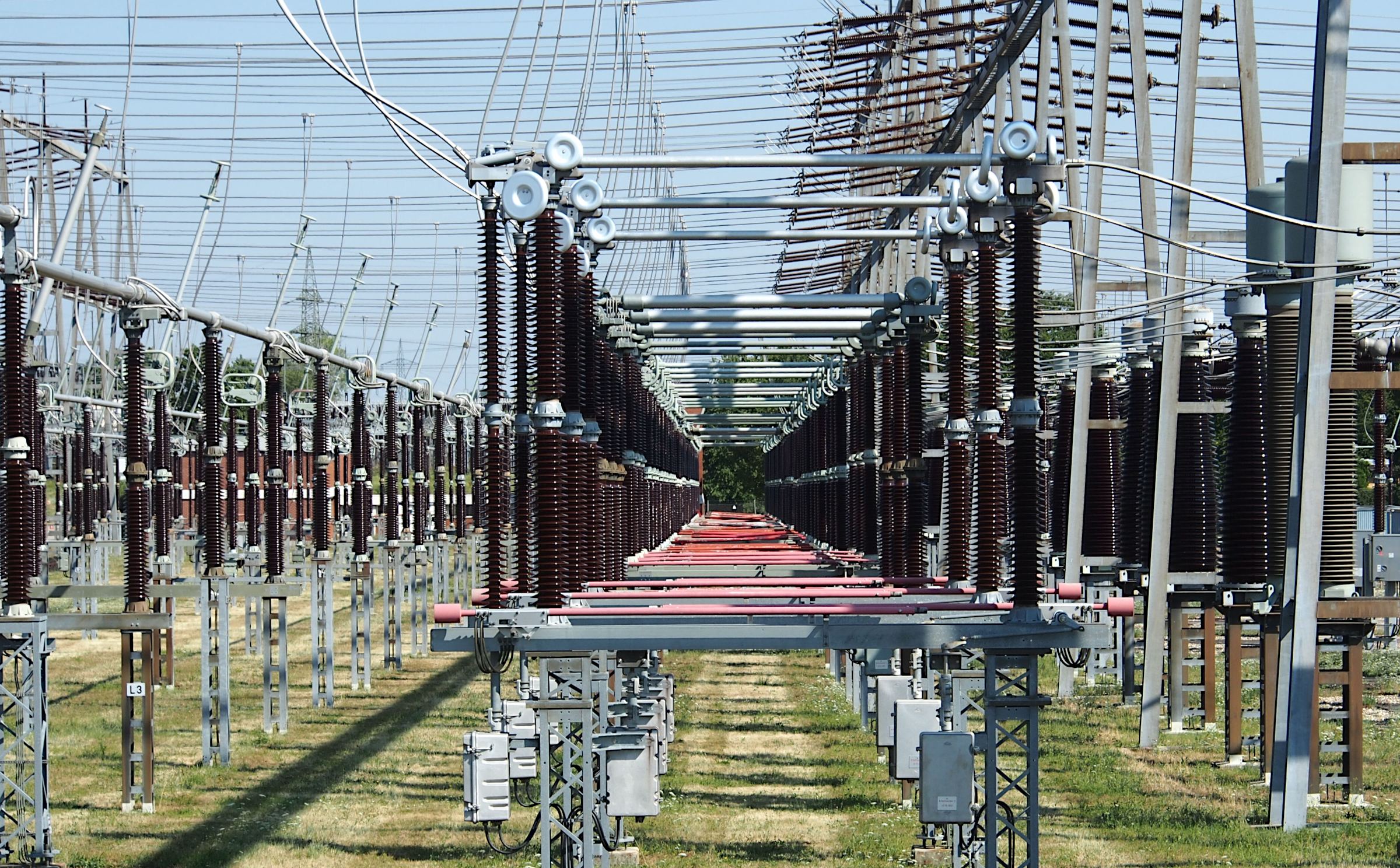REAL-TIME MONITORING AND CONTROL OF RENEWABLE ENERGY SYSTEMS USING WIRELESS TELECOMMUNICATION AND SIGNAL PROCESSING TECHNIQUES FOR SMART GRIDS WITH ENERGY STORAGE
Keywords:
Analysis Data, Machine Learning, Prediction, GB Regressor, KNN ModelAbstract
Background: The integration of renewable energy resources such as solar and wind into the contemporary smart grid poses tremendous challenges because of their decentralized and nondeterministic nature. Efficient real-time monitoring, forecasting, and intelligent energy management techniques are demanded to ensure the reliability and performance of the grid. Objective: In this research work, the task was to design and evaluate a real-time monitoring and control system for smart grids based on wireless communication technologies, sophisticated signal processing, and coordinated energy storage. Methodology: A laboratory-scale system was designed with solar and wind simulators, lithium-ion battery storage, and microcontroller-based sensor nodes. Voltage, current, frequency, and battery state of charge (SoC) were recorded and wirelessly transmitted by LoRa modules. Different signal processing techniques like moving average, Butterworth, Kalman, and adaptive RLS filters were applied for data smoothing, anomaly detection, and prediction. Battery charging and energy distribution were controlled by a fuzzy logic controller. Results: The system had a 97.6% packet delivery and an average latency of 138 milliseconds. Forecasting accuracy was still in line, with MAPE below 5.5%, and SoC estimations were maintained within ±2.4% variation. Energy efficiency was increased to 96.4%. The framework exhibited fast adaptability to varying loads and renewable energy supplies, outperforming the outcome of conventional wired or non-smart systems. Conclusion: This study demonstrates a safe, efficient, and scalable architecture for smart grid operations. Through the integration of wireless communication, smart processing, and coordination of energy storage, the system enables the transition towards more sustainable and intelligent energy infrastructure.















